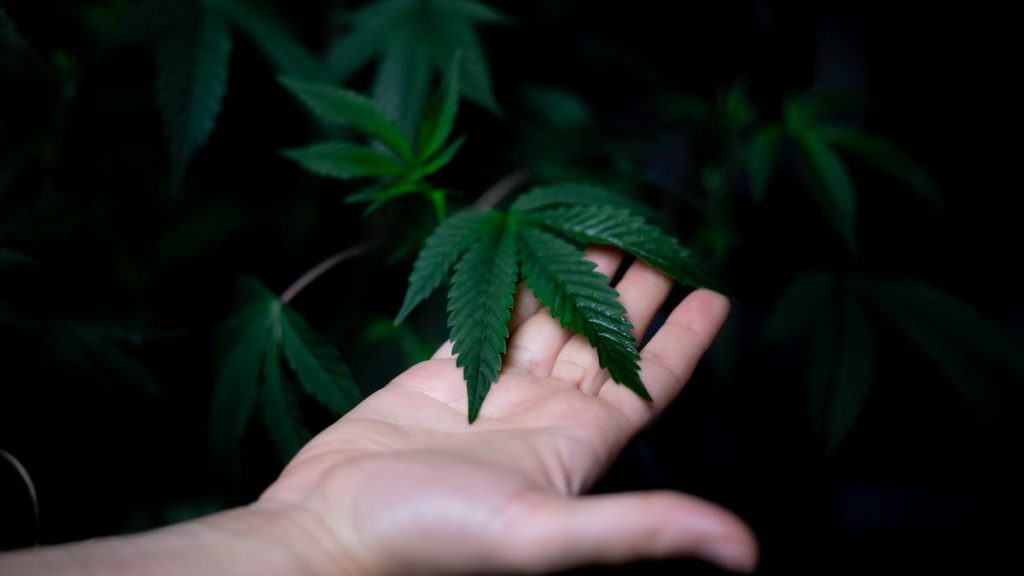Table of Contents
Terpenes are organic compounds found in a variety of plants, including cannabis. While much attention has been given to THC (tetrahydrocannabinol) and CBD (cannabidiol) as the primary active compounds in cannabis, terpenes play a significant but often overlooked role in the plant’s effects on the human body. In this article, Delve into the question of what are terpenes and explore their essential role in what is known as the entourage effect.

Terpenes: Nature’s Aromatics
Terpenes are natural compounds responsible for the distinctive scents and flavors found in various plants, including cannabis. Their ubiquity extends beyond the realm of cannabis, as they are prevalent in plants like lavender, citrus fruits, and pine trees. Within the cannabis spectrum, terpenes are vital contributors to the plant’s aroma and flavor palette. They imbue different strains with their characteristic scents, ranging from earthy and woody notes to fruity and citrus undertones. This aromatic diversity not only enhances the sensory experience of cannabis but also underscores the intricate role terpenes play in shaping the overall effects and nuances of the plant’s compounds, transcending the boundaries of a single species.
The Entourage Effect: Beyond THC
The entourage effect is a phenomenon that suggests that the combined effects of all the compounds in cannabis, including the cannabinoids like THC and CBD, as well as terpenes, work together synergistically to produce more significant impact than any single compound alone. In other words, it’s not just about the THC content; it’s about the overall chemical composition of the plant.
Terpenes and Their Diverse Profiles
Cannabis plants can contain a wide variety of terpenes, each with its unique profile and potential effects. Some of the common terpenes found in cannabis include:
- Myrcene: The terpene has an earthy and musky aroma and is believed to have relaxing and sedating effects. It is often found in indica strains.
- Limonene: With a citrusy and lemony scent, limonene is associated with a more uplifting and energetic experience. It’s commonly found in sativa strains.
- Pinene: As the name suggests, pinene has a pine-like aroma. It is thought to enhance mental clarity and alertness.
- Linalool: Linalool contributes a floral and lavender-like fragrance. It is known for its potential calming and soothing properties.
- Caryophyllene: This terpene has a spicy and a peppery aroma and is believed to have anti-inflammatory properties.
Each terpene has the potential to interact with the body’s endocannabinoid system in a unique way, influencing the overall effects of cannabis consumption.
Synergy of Terpenes and Cannabinoids
The entourage effect is particularly relevant when considering the interaction between terpenes and cannabinoids. THC, the psychoactive compound in cannabis, is the most well-known cannabinoid, but CBD and many others also play crucial roles. When terpenes and cannabinoids are consumed together, they can modulate and enhance each other’s effects.
For example, myrcene, which is often found in indica strains, may work in synergy with THC to enhance its sedative properties, potentially leading to a more relaxing experience. On the other hand, limonene, commonly found in sativa strains, might complement the uplifting effects of THC, promoting a more energetic and euphoric high.
Moreover, terpenes can influence how cannabinoids are absorbed and metabolized in the body. They can affect the permeability of cell membranes, allowing cannabinoids to enter cells more easily. This can also lead to a faster onset of effects and potentially alter the overall duration of the experience.
Tailoring Cannabis Effects with Terpenes
Understanding the role of the terpenes in the entourage effect allows consumers to make more informed choices when selecting cannabis strains. By paying attention to the terpene profiles of different strains, individuals can tailor their cannabis experience to their preferences and desired effects.
For example, someone seeking pain relief without the intoxicating effects of THC might opt for a CBD-dominant strain with high levels of myrcene and caryophyllene, known for their potential analgesic properties. On the other hand, someone looking for a creative and uplifting experience might choose a sativa strain rich in limonene and pinene.
Conclusion
In conclusion, what are terpenes is often a question but are a crucial overlooked component of the cannabis plant. Their diverse profiles and interactions with cannabinoids contribute to the entourage effect, which suggests that the combined effects of all the compounds in cannabis are greater than the sum of their individual effects.
By understanding the role of terpenes and their potential effects, consumers can make more informed choices and personalize their cannabis experience to better suit their needs and preferences. As research in this field continues to evolve, one can expect to gain even more insights into the fascinating world of terpenes and their role in the entourage effect.



